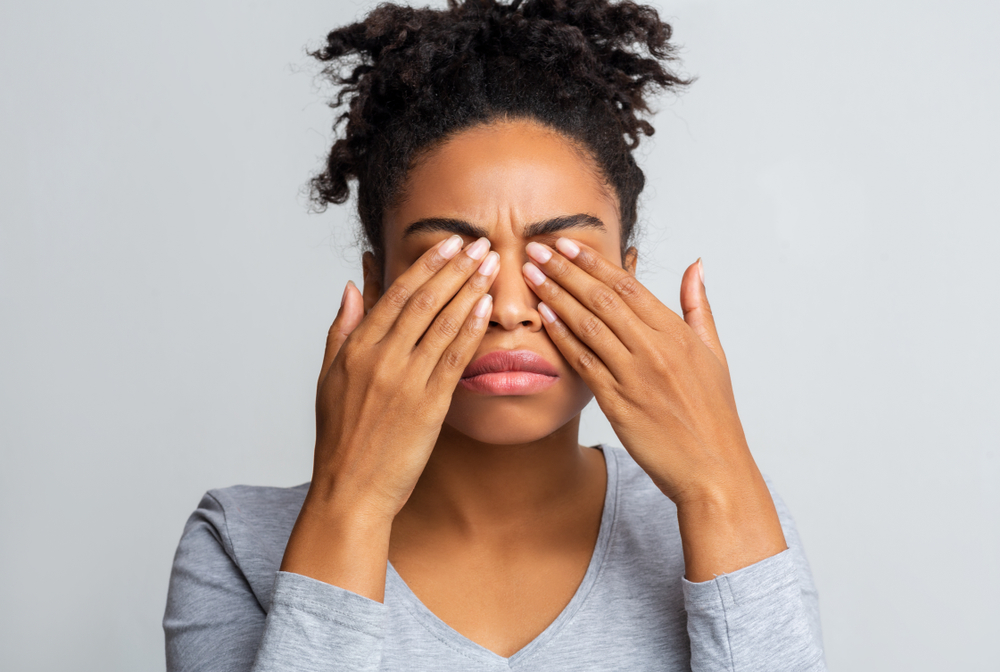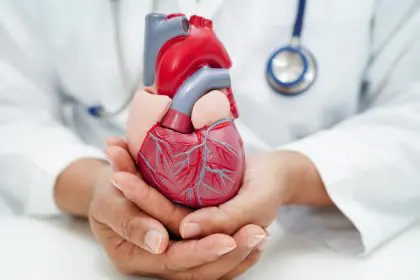Our eyes are often considered windows to our overall health, providing valuable clues about various medical conditions. One such condition that can manifest through eye pressure is high blood pressure, also known as hypertension. While many people associate high blood pressure with heart issues, its impact on eye health is significant and often overlooked. Understanding the connection between eye pressure and high blood pressure can help in early detection and prevention of more serious health problems. In this article, we will explore why eye pressure can be a sign of high blood pressure, the underlying mechanisms, and the importance of regular eye examinations.
Understanding eye pressure
Eye pressure, or intraocular pressure (IOP), is the fluid pressure inside the eye. It is essential for maintaining the shape of the eye and ensuring proper function. However, when the pressure inside the eye becomes too high, it can lead to conditions like glaucoma, which can damage the optic nerve and result in vision loss. Elevated eye pressure can also be indicative of systemic health issues, such as high blood pressure.
The relationship between eye pressure and high blood pressure
High blood pressure affects the blood vessels throughout the body, including those in the eyes. When blood pressure is elevated, it can cause changes in the tiny blood vessels in the retina, the light-sensitive tissue at the back of the eye. These changes can increase intraocular pressure and potentially damage the optic nerve. This relationship highlights why eye pressure can be a sign of high blood pressure and underscores the importance of monitoring both eye and systemic health.
Symptoms and signs to watch for
While high eye pressure itself may not always present noticeable symptoms, there are several signs and symptoms associated with high blood pressure that can manifest in the eyes. These include:
- Blurred vision: high blood pressure can cause swelling in the optic nerve, leading to blurred or distorted vision.
- Eye pain: sudden, severe eye pain can indicate acute glaucoma, a condition often associated with high eye pressure.
- Headaches: persistent headaches, especially those centered around the eyes or forehead, can be a sign of elevated eye pressure and high blood pressure.
- Visual disturbances: flashes of light, floaters, or partial vision loss can occur due to damage to the blood vessels in the retina.
The importance of regular eye examinations
Regular eye examinations are crucial for detecting changes in eye pressure and identifying potential signs of high blood pressure. During an eye exam, an optometrist or ophthalmologist can measure intraocular pressure using a tonometer, inspect the retina for any damage, and assess overall eye health. These exams can reveal early signs of hypertension, allowing for timely intervention and management.
What to expect during an eye examination
During an eye examination, your eye care professional will perform several tests to assess your vision and eye health. These may include:
- Visual acuity test: measures how well you can see at various distances.
- Tonometry: measures intraocular pressure to check for glaucoma.
- Retinal examination: examines the retina and blood vessels for signs of damage.
- Slit-lamp examination: provides a magnified view of the eye’s structures to detect any abnormalities.
Managing high blood pressure to protect eye health
Managing high blood pressure is essential for maintaining overall health and protecting eye health. There are several strategies to manage and reduce high blood pressure:
- Healthy diet: eating a balanced diet rich in fruits, vegetables, whole grains, and lean proteins can help lower blood pressure.
- Regular exercise: physical activity strengthens the heart and helps reduce blood pressure.
- Medication: for some individuals, medication may be necessary to control high blood pressure.
- Stress management: reducing stress through relaxation techniques, such as yoga or meditation, can help manage blood pressure.
- Regular monitoring: keeping track of blood pressure levels and attending regular medical check-ups can prevent complications.
Conclusion
Eye pressure can be a significant indicator of high blood pressure, offering a unique window into our overall health. Understanding the connection between eye pressure and high blood pressure underscores the importance of regular eye examinations and proactive health management. By maintaining a healthy lifestyle and monitoring blood pressure, individuals can protect both their vision and their overall well-being. Regular visits to an eye care professional can help detect early signs of hypertension, leading to timely intervention and better health outcomes. Remember, your eyes are not only vital for seeing the world around you but also for revealing critical information about your health. Prioritize your eye health and overall well-being to ensure a brighter, healthier future.
This story was created using AI technology.















